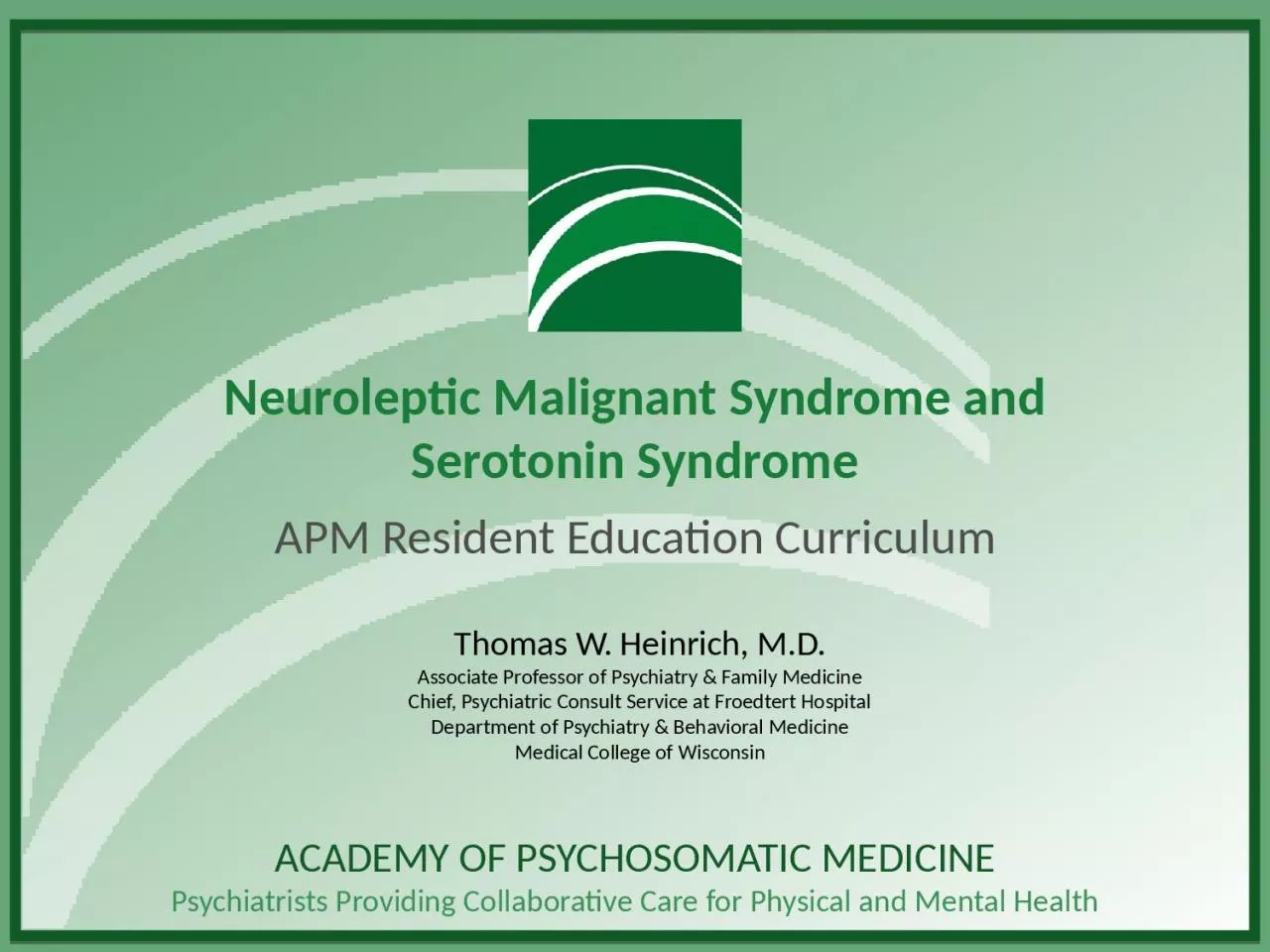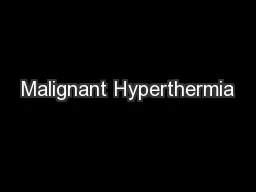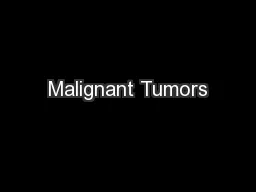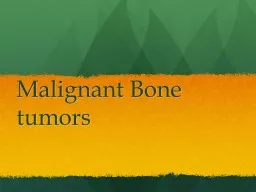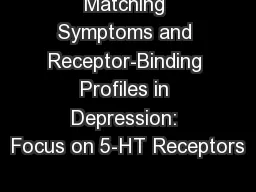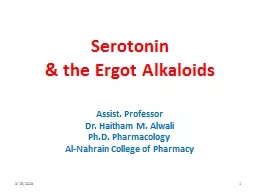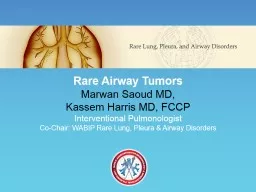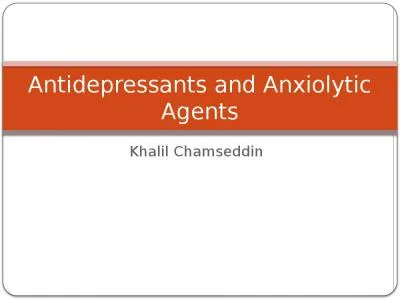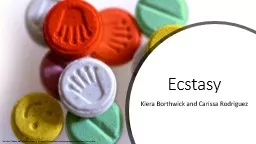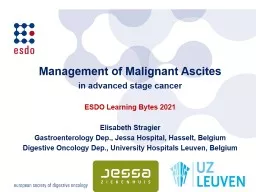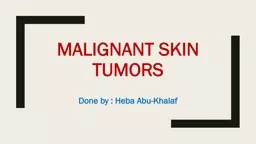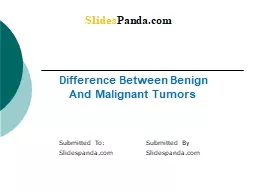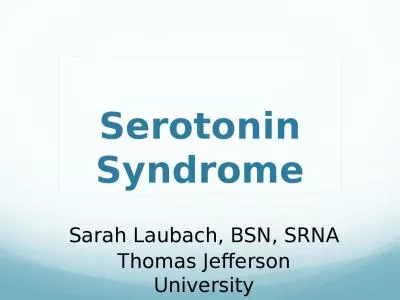PPT-Neuroleptic Malignant Syndrome and Serotonin Syndrome
Author : isla | Published Date : 2022-06-15
APM Resident Education Curriculum Thomas W Heinrich MD Associate Professor of Psychiatry amp Family Medicine Chief Psychiatric Consult Service at Froedtert Hospital
Presentation Embed Code
Download Presentation
Download Presentation The PPT/PDF document "Neuroleptic Malignant Syndrome and Serot..." is the property of its rightful owner. Permission is granted to download and print the materials on this website for personal, non-commercial use only, and to display it on your personal computer provided you do not modify the materials and that you retain all copyright notices contained in the materials. By downloading content from our website, you accept the terms of this agreement.
Neuroleptic Malignant Syndrome and Serotonin Syndrome: Transcript
Download Rules Of Document
"Neuroleptic Malignant Syndrome and Serotonin Syndrome"The content belongs to its owner. You may download and print it for personal use, without modification, and keep all copyright notices. By downloading, you agree to these terms.
Related Documents

